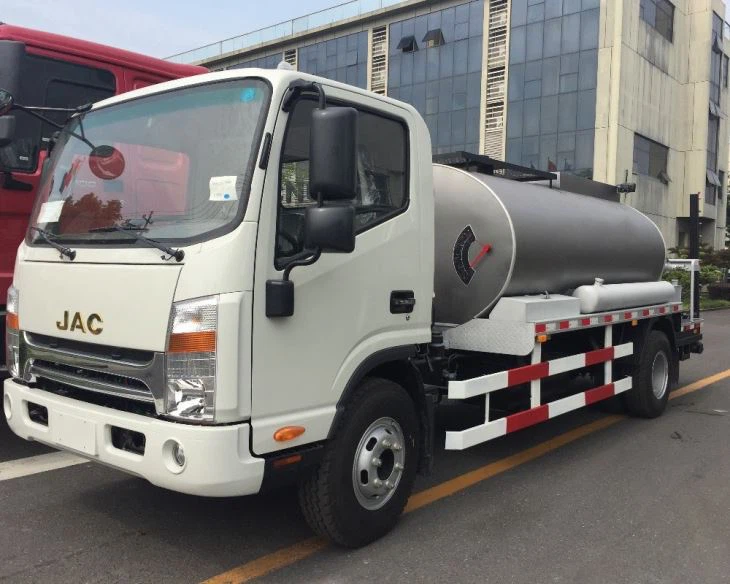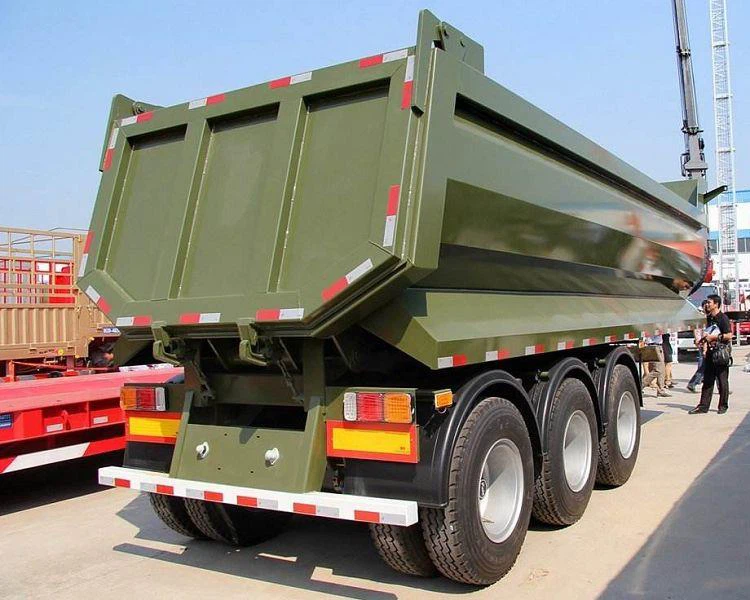Lorry Lifting Platform: A Comprehensive Guide

In the world of transportation and logistics, efficiency is key. One essential tool that helps enhance this efficiency is the lorry lifting platform. This article delves into the importance, types, features, and benefits of lorry lifting platforms, providing practical examples and useful tips. It will also address frequently asked questions to ensure you have a comprehensive understanding of this equipment.

What is a Lorry Lifting Platform?
A lorry lifting platform, also known as a hydraulic lift or truck lift, is an essential piece of equipment that allows for the seamless loading and unloading of goods from lorries. This platform raises and lowers the cargo to and from the vehicle’s height, helping to streamline operations, reduce physical strain, and enhance safety.
Types of Lorry Lifting Platforms
1. Hydraulic Lifting Platforms
Hydraulic lifting platforms operate using hydraulic cylinders that lift the platform. They are known for their strength and reliability, making them ideal for heavy-duty applications.
2. Electric Lifting Platforms
Electric lifting platforms function on electric motors, providing a smooth and quiet operation. These platforms are generally preferred for indoor use where noise and emissions need to be controlled.
3. Mechanical Lifting Platforms
Mechanical lifting platforms use gears and pulleys to lift the load. While they can be effective, they are typically less common compared to hydraulic and electric options.
4. Portable Lifting Platforms
Portable lifting platforms are designed for flexibility, allowing easy transport between job sites. They combine lightweight construction with effective lifting capabilities, making them popular for smaller operations.
Key Features of Lorry Lifting Platforms
1. Load Capacity
The load capacity of a lorry lifting platform is critical. It indicates the maximum weight the platform can safely lift. Different lifting platforms are designed for varying capacities, ranging from a few hundred kilograms to several tons.
2. Lift Height
Different applications require different lift heights. Most lorry lifting platforms can typically lift between 800 mm to 1300 mm, ensuring compatibility with standard lorry heights.
3. Safety Features
Safety is paramount when operating lifting platforms. Important safety features can include:
- Emergency stop buttons
- Overload protection mechanisms
- Safety gates and barriers
- Non-slip surfaces
4. Durability and Build Quality
A well-constructed lifting platform is essential for long-term operation. Look for platforms made of high-quality steel or aluminum that can withstand harsh working conditions and heavy loads.
5. Ease of Use
User-friendly controls and intuitive operation are vital. Many platforms feature remote controls or push-button mechanisms that simplify lifting and lowering operations, making them accessible to various users.
Benefits of Using Lorry Lifting Platforms
1. Enhanced Safety
By providing a stable and efficient means for loading and unloading, lorry lifting platforms significantly reduce workplace accidents related to manual lifting.
2. Increased Efficiency
These platforms are designed to expedite the loading and unloading process, allowing for faster turnaround times on deliveries, which can greatly improve overall productivity.
3. Reduced Strain on Workers
Using a lorry lifting platform minimizes the physical strain on workers, reducing the risk of injuries associated with lifting heavy bags or boxes.
4. Versatility
Lorry lifting platforms can be used in various industries, including construction, warehousing, and retail, making them a versatile addition to any fleet of equipment.
Choosing the Right Lorry Lifting Platform
1. Assess Your Needs
Before purchasing a lorry lifting platform, evaluate your specific needs, such as the types of loads, frequency of use, and required lift heights.
2. Conduct a Site Assessment
Consider the environment where the platform will be used. For instance, if the platform will be used indoors, opt for electric lifts to reduce noise and emissions.
3. Check Compliance with Regulations
Check local regulations to ensure the platform you choose meets safety standards and operational requirements.
4. Budget Considerations
Determine your budget early on and balance cost with the durability and capacity of the platform to find value for your investment.
5. Manufacturer Reputation
Research different manufacturers and read reviews to ensure you choose a reliable brand known for quality and customer support.
Practical Examples of Lorry Lifting Platforms in Use
1. Warehouse Operations
Many warehouses utilize hydraulic lorry lifting platforms for loading and unloading pallets and packages. By using these platforms, workers can safely lift heavy loads directly from the truck to the storage areas.
2. Construction Sites
At construction sites, lorry lifting platforms facilitate the easy transfer of materials. They help move heavy equipment or supplies from trucks to ground level, enhancing workflow.
3. Retail Applications
Retailers use lorry lifting platforms for loading large inventory shipments. When receiving goods, stores can quickly load and unload items, ensuring shelves are stocked efficiently.
Maintenance of Lorry Lifting Platforms
1. Regular Inspections
Routine inspections should be conducted to identify wear and tear, ensuring that components are functioning safely and correctly.
2. Lubrication
Keep all moving parts well-lubricated to ensure smooth operation and prevent excessive wear.
3. Clean the Platform
Regularly clean the lifting platform to remove any debris or dirt that might hinder its operation or lead to rust.

4. Service Protocols

Follow the manufacturer’s maintenance guidelines and schedules to ensure long-term reliability and optimal performance.
Cost Factors of Lorry Lifting Platforms
The cost of lorry lifting platforms varies widely based on several factors, including:
| Factors | Impact on Cost |
|---|---|
| Load Capacity | Higher capacities often mean higher costs due to the sturdier materials and design required. |
| Type of Platform | Hydraulic lifts may be more expensive than electric lifts due to their complexity in design. |
| Brand Reputation | Well-known brands may command higher prices but often provide better support and durability. |
| Additional Features | Platforms with more advanced safety features or automation options will typically cost more. |
Frequently Asked Questions (FAQ)
1. How often should a lorry lifting platform be inspected?
It is recommended that lorry lifting platforms be inspected at least once a year. However, more frequent checks may be necessary depending on usage conditions and frequency of operation.
2. Can lorry lifting platforms be used outdoors?
Yes, many lorry lifting platforms are designed for outdoor use. However, it is essential to check the specifications and choose a platform rated for outdoor conditions.
3. Are there specific training requirements for operating lorry lifting platforms?
Yes, operators should receive proper training on how to safely use the equipment, including understanding its controls, safety features, and load limits.
4. What maintenance should be performed on a lorry lifting platform?
Regular maintenance includes inspections for wear, lubrication of moving parts, cleaning the platform, and following any manufacturer-specific maintenance protocols.
5. Can I rent a lorry lifting platform instead of purchasing one?
Yes, many companies offer rental services for lorry lifting platforms, which can be a cost-effective solution for short-term needs or special projects.
6. What is the average lifespan of a lorry lifting platform?
The lifespan can vary widely based on usage and maintenance, but with proper care, a lorry lifting platform can last anywhere from 10 to 20 years.
